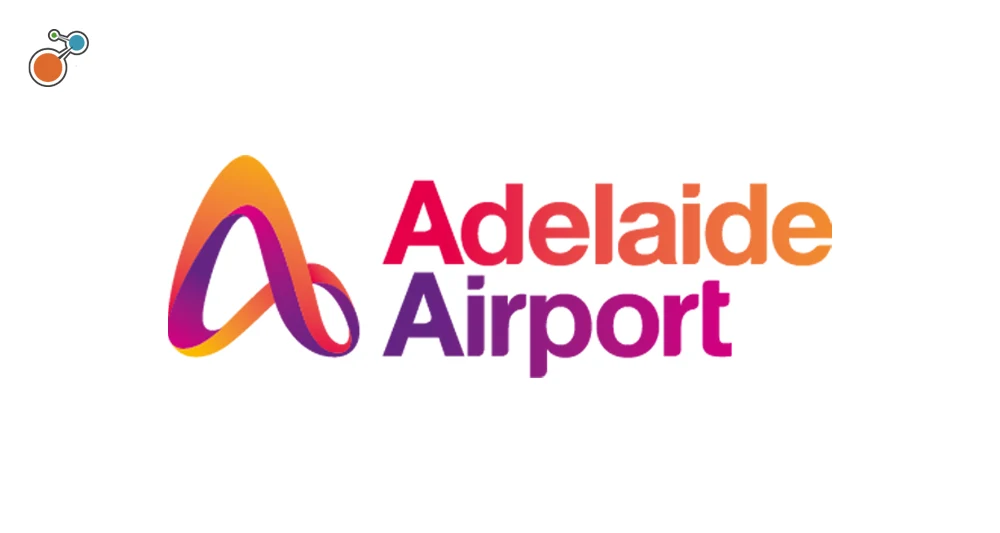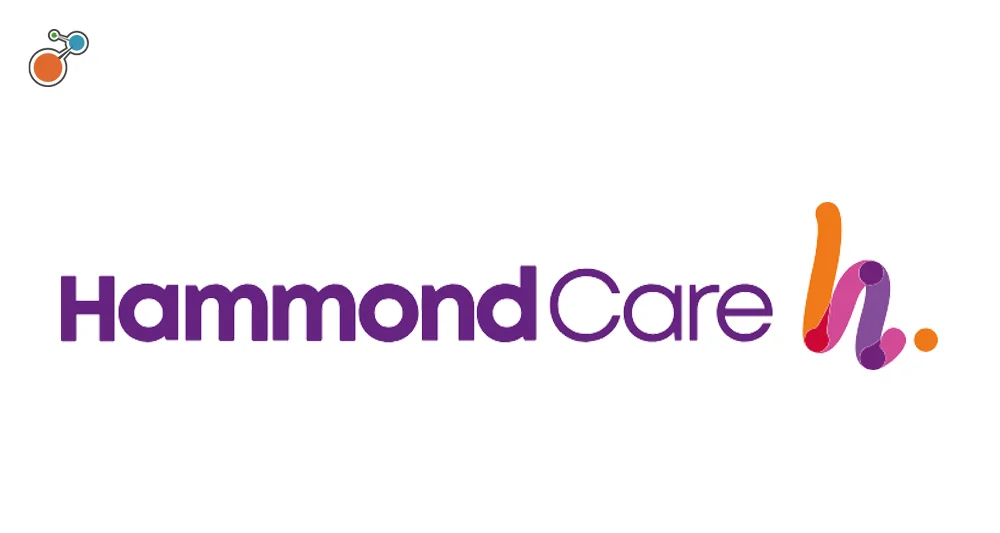The Wendy’s Company had a wealth of claims data in Riskonnect, and Chief Risk Officer Bob Bowman wanted to unlock more intelligence from it. The key was connecting the data to WTW’s Risk IQ.
As one of the most iconic fast-food chains, the Wendy’s® system has more than 7,000 restaurants and tens of thousands of employees. Over the years, it had accumulated extensive data on the types of injuries, severity, and costs driving its workers’ compensation claims, all of which was stored in Riskonnect. “We had more data than we were using,” says Bowman. “What could we do to get more value out of that information?”
Initially, the goal was to optimize the way the company purchased insurance. “Then we thought, what if we could use the data to drive other decisions throughout the entire continuum, from pre-accident through disposition of the claim?” he recalls. “What if we could we take dollars out of insurance program and apply it to prevention?”
Bright Idea
Like many innovations, the idea of reducing the cost of insurance and applying the savings to injury prevention was born out of a mix of necessity and creative thinking. “I don’t have unlimited resources to chase down everything,” notes Bowman. “We had to find savings to redirect into accident prevention.”
“Bob made the jump from insurance analytics to diagnostics,” adds Ben Fidlow, WTW’s global head of core analytics. “He was one of the first to think about applying analytics beyond insurance and allocating capital to risk mitigation.”
To find opportunities for improvement, Wendy’s connected its workers’ comp data in Riskonnect to one of WTW’s Risk IQ models, Workers Compensation Diagnostic. WCD is a predictive modeling platform that evaluates claims, makes efficiency recommendations, and quantifies the projected financial impact to the workers’ comp program.
The tool compares Wendy’s experience across key metrics with a proprietary database of workers’ comp claims and exposures to diagnose strengths and weaknesses. It also benchmarks Wendy’s performance against its own performance over time, as well as its peers by industry and jurisdiction.
Using the tool, the Wendy’s team can see in near real time the specific types of loss drivers and the independent financial impact of different mitigation initiatives.
“The model allows us to be very specific with identifying variables and controls,” notes Bowman. “We can clearly see that if we do X, we will save Y. Before, we could not identify the variables, let alone understand the correlation with costs.”
With Risk IQ, the data tells the story. The analysis shows quantitatively where the company’s program is effective, where there are opportunities, and where to focus resources for maximum impact. What makes it especially effective for Bowman are the visualizations that serve up the findings in a way that’s easy for anyone to understand. “You don’t have to be an analytics expert – or even a risk professional – to understand where to focus.”
Of Wendy’s top causes of employee injuries – slips/trips, burns/cuts, and musculoskeletal injuries – Risk IQ showed that the slips/trips category was by far the top cost driver, responsible for about 80% of incurred losses. And that’s where the company directed its prevention efforts.
The Test
Wendy’s took a portion of its losses and selected specific initiatives with the greatest return for preloss accident prevention. Execution of the initiatives happens at the restaurants, and Bowman notes that the targeted recommendations provided by Risk IQ make it easy for local management to follow.
“Restaurant managers work in a fast-paced environment and have many competing priorities,” he explains. “Instead of a confusing number of general risk-mitigation recommendations, we are now asking them to complete a much smaller number of very specific tasks that have a direct relationship to preventing slip and trip accidents. And that is doable.”
With the insight from Risk IQ, Wendy’s has been able to shave more than 5% off its losses. (For comparison, the traditional cost-reduction route of chipping away at claim counts might have saved 1%-2%.) And Wendy’s is now performing better than the benchmarks in every category.
“All of a sudden, we have resources to redirect into prevention,” says Bowman. “It has become a self-funding prophecy.”
The direct cost savings, however, are just the beginning. Labor, for instance, is a major consideration in the restaurant industry. A crew member sidelined by an accident must be paid lost wages, while another crew member must be paid to fill in. Eliminating the injury saves those labor costs on top of the cost of the claim itself.
The Wendy’s risk team has found savings as well. Risk IQ’s seamless interface with Riskonnect did away with manual data transfer, which has helped substantially reduce the resources needed to run the numbers.
WTW’s Fidlow points out that the new API will allow all Riskonnect RMIS customers to get this analysis with the press of a button.
The outputs of the Risk IQ model are now the driving force behind the risk-reward strategy at Wendy’s. “It pulled back the curtain. The costs, the savings, the data – it’s all right there,” says Bowman. “It’s correct. It’s accurate. It’s credible. Why wouldn’t I go for this?”
If you are interested in learning more about how Wendy’s is leveraging Riskonnect data with Risk IQ, watch Riskonnect’s on-demand webinar, “Take Control of Your Workers Compensation Costs with Risk IQ Analytics,” featuring Bob Bowman of Wendy’s.
For more on RMIS, check out Riskonnect’s Risk Management Information System. To learn more about WTW’s Risk IQ models and see the full suite of offerings, visit https://wtwco.com/riskiq.





